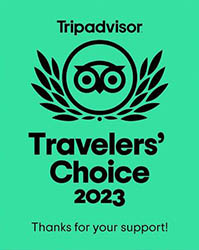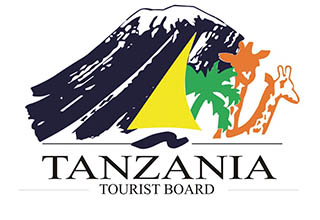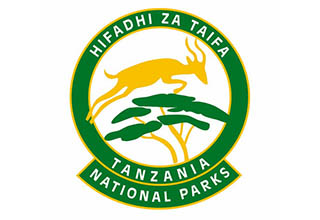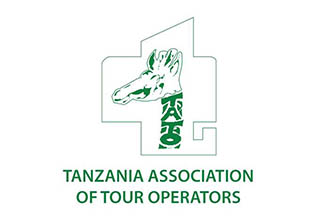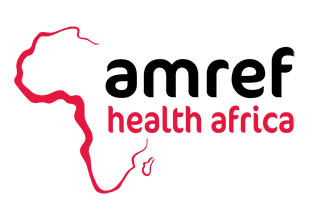Once you have decided you want to climb Mount Kilimanjaro, just contact us and then climb with us!There are 6 routes which all take you to reach the peak of Uhuru 5895m. nevertheless, route such as Machame and Lemosho stand out from the rest as being especially scenic and enjoyable to climb. The six routes are the Machame Route, Shira Route, Lemosho Route, Umbwe Route, Rongai Route and the Marangu Route. Below is a short description of each. To read a full description of each route, including descriptions of the trail from day to day, select the route from the list to the left.
Although there is no denying that the climb will be tough, there are a few strategies that you can adopt that will make the going that little but easier.
HOW TO WALK
“Pole pole” Go slowly! This is so important because walking slowly allows the body time to acclimatize. The speed at which you walk during the first 2 days of the climb will determine your chances of reaching the summit. The slower the better. A really good idea is to breathe entirely through the nose for the first 2 days of walking. If you find yourself breathing through the mouth during the initial stages of the climb, then the pace is too fast. Later on, you will be breathing through the mouth during the initial stages of the climb (then the metabolism varies). It is a good idea to imitate the Guides slow, methodical walking style. Knees should be kept “soft” and not pounded. Paces should be short, measured and rhythmical with each step placed gently; this will help to avoid “trekkers knee”.
DRINK
The dry mountain air and climbers’ increased respiratory rate on kili mean that increased fluid intake is critical to maintaining health. Thirst is not a good indicator of water requirements and it is vital to drink plenty of fluid throughout the day (it is a good idea to keep the intake of diuretics, such as tea and coffee to a minimum). The color of urine should be pale and copious. We recommend a fluid intake of between 3 and 5 litres of fluids (not tea, coffee or alcohol) per day.
STAYING HEALTHY
Minor ailments are the most common: blisters, colds, stomach upset etc…and it is important that you deal with these appropriately and quickly. Proper precautions should be taken against blisters and any that do appear should be dealt with promptly. Colds can be treated & kept at bay with Lemsip or similar over-the counter remedies. Our cooks maintain a high level of hygiene (and the hotels and lodges we use are also very careful), but stomach upsets do happen in Africa, so it is advisable to pack some Imodium or similar anti-diarrheal remedies.
ACCLIMATIZATION AND ALTITUDE SICKNESS
Climbers must be prepared to recognize and respond to early symptoms of altitude sickness, which is caused by reduced levels of oxygen /air density. Any feelings of nausea, headache, fatigue or severe breathlessness are possible symptoms of altitude sickness and should be reported immediately to the guide. Your guide is highly trained and is expert at recognizing the early stages of altitude sickness. He will insist that an affected climber descend in order to better acclimate before carrying on. This need not affect the success of an individual’s climb. The human body is highly capable of adjusting to altitude – the actual individual rate of acclimatization is a genetic factor – but the process takes time and the best way to minimize the symptoms of hypoxia is to ascend slowly.
WALK HIGH SLEEP LOW
If you have enough energy and are not feeling the effects of altitude, then it is a good idea to take an afternoon stroll further up the mountain before descending to sleep. This will aid the acclimatization process, and your body will be better prepared for the next day’s climb.
You may also like to consider taking taking Diamox, which is widely used to combat the effects of mild altitude sickness by causing the body to breathe more deeply during sleep. This is of course a personal preference and it is important to seek professional medical advice before leaving home.

